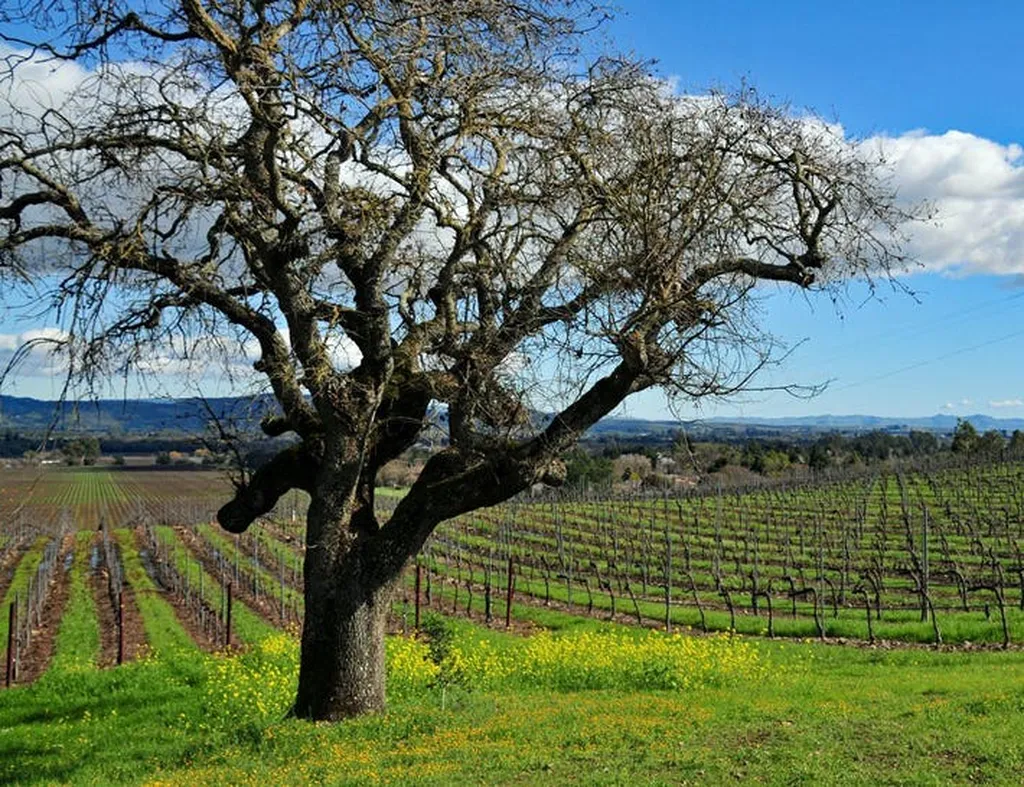In the ever-evolving world of viticulture, the choice of rootstock can significantly influence the aroma and quality of wine grapes. A recent study led by Xiao Han from the Center for Viticulture and Enology at China Agricultural University has shed new light on this intricate relationship, with potential implications for wine producers, especially in humid climates.
The study, published in the journal *Foods* (translated to “Foods” in English), focused on Cabernet Sauvignon (CS) grapes grafted onto three different rootstocks: 1103P, 5A, and SO₄. The research team discovered that these rootstocks altered the composition of aromatic volatiles in both the grapes and the resulting wines. Notably, the 1103P rootstock increased the concentration of green leaf volatiles, which are compounds that contribute to the “herbaceous” or “green” notes in wine.
“Our findings suggest that the choice of rootstock can significantly impact the aromatic profile of Cabernet Sauvignon wines,” said Han. “In particular, the 1103P rootstock seems to enhance the expression of certain genes involved in the LOX-HPL pathway, leading to higher levels of green leaf volatiles.”
The LOX-HPL pathway is a biochemical process that plays a crucial role in the development of aroma in wine grapes. By understanding how different rootstocks influence this pathway, winemakers may be able to fine-tune the aromatic profile of their wines to better suit consumer preferences.
The study also highlighted the role of vine vigor in affecting the concentration of green leaf volatiles. The combination of rootstock choice and vine vigor can alter the aromatic composition of the wine, potentially giving it more green flavors. This is particularly relevant for wine producers in humid climates, where the use of high-vigor rootstocks is common.
The commercial implications of this research are substantial. By carefully selecting rootstocks, wine producers can potentially enhance the quality and marketability of their wines. This is especially important in a competitive global market where consumer preferences are increasingly sophisticated and discerning.
Looking ahead, this research could pave the way for further studies on the interaction between rootstocks and grape aroma. It may also lead to the development of new rootstock varieties that are better suited to specific climatic conditions and consumer preferences.
As the wine industry continues to evolve, the insights gained from this study will be invaluable for producers looking to stay ahead of the curve. By harnessing the power of agritech and scientific research, the wine industry can continue to thrive and meet the demands of an ever-changing market.
In the words of Han, “This research is just the beginning. There is still much to learn about the complex interplay between rootstocks, grape aroma, and wine quality. But with each new discovery, we move one step closer to unlocking the full potential of viticulture.”

